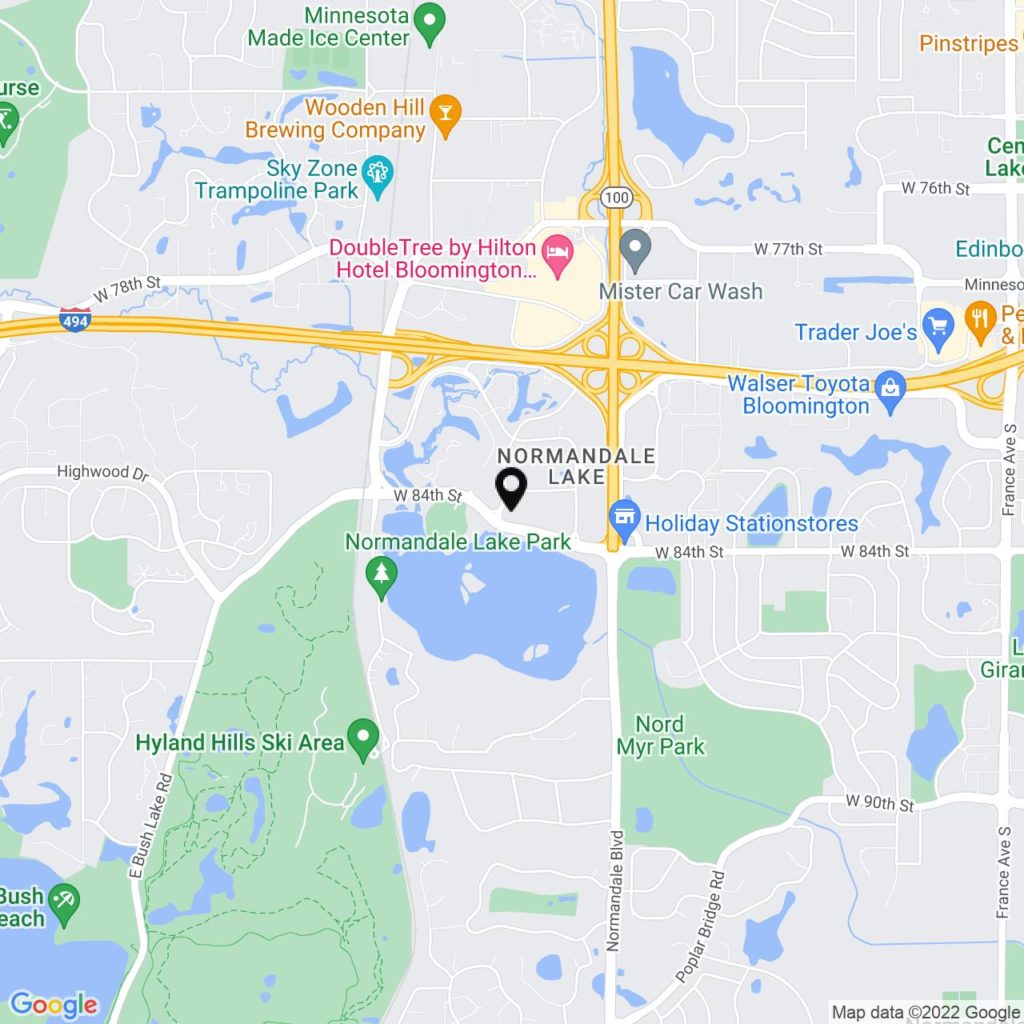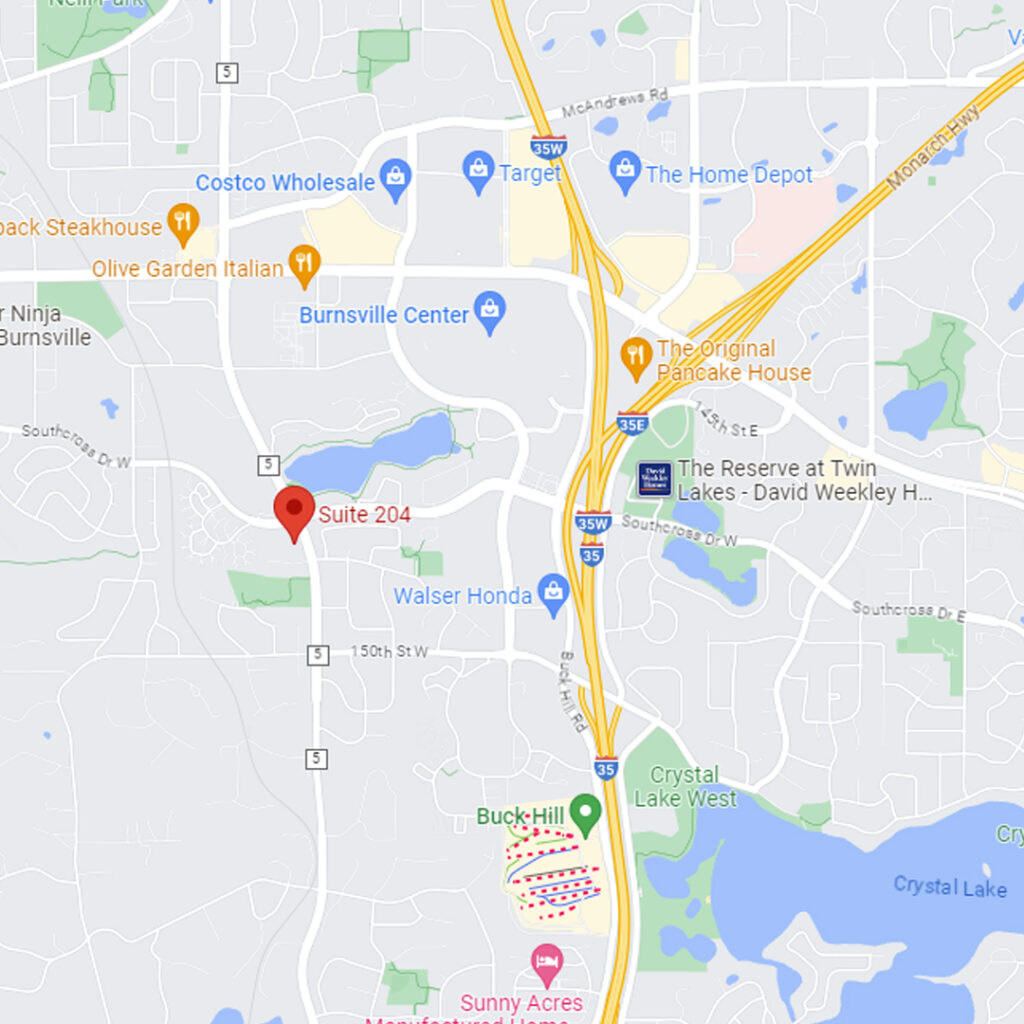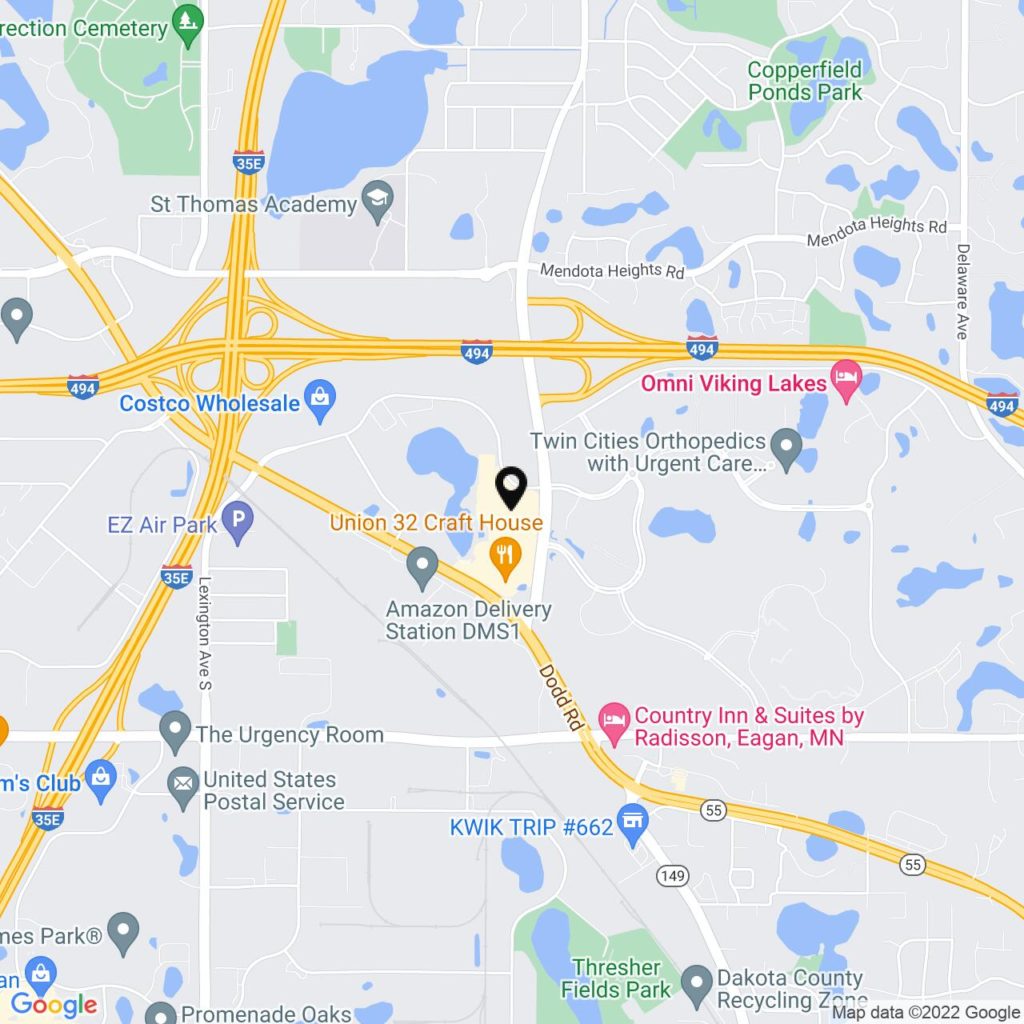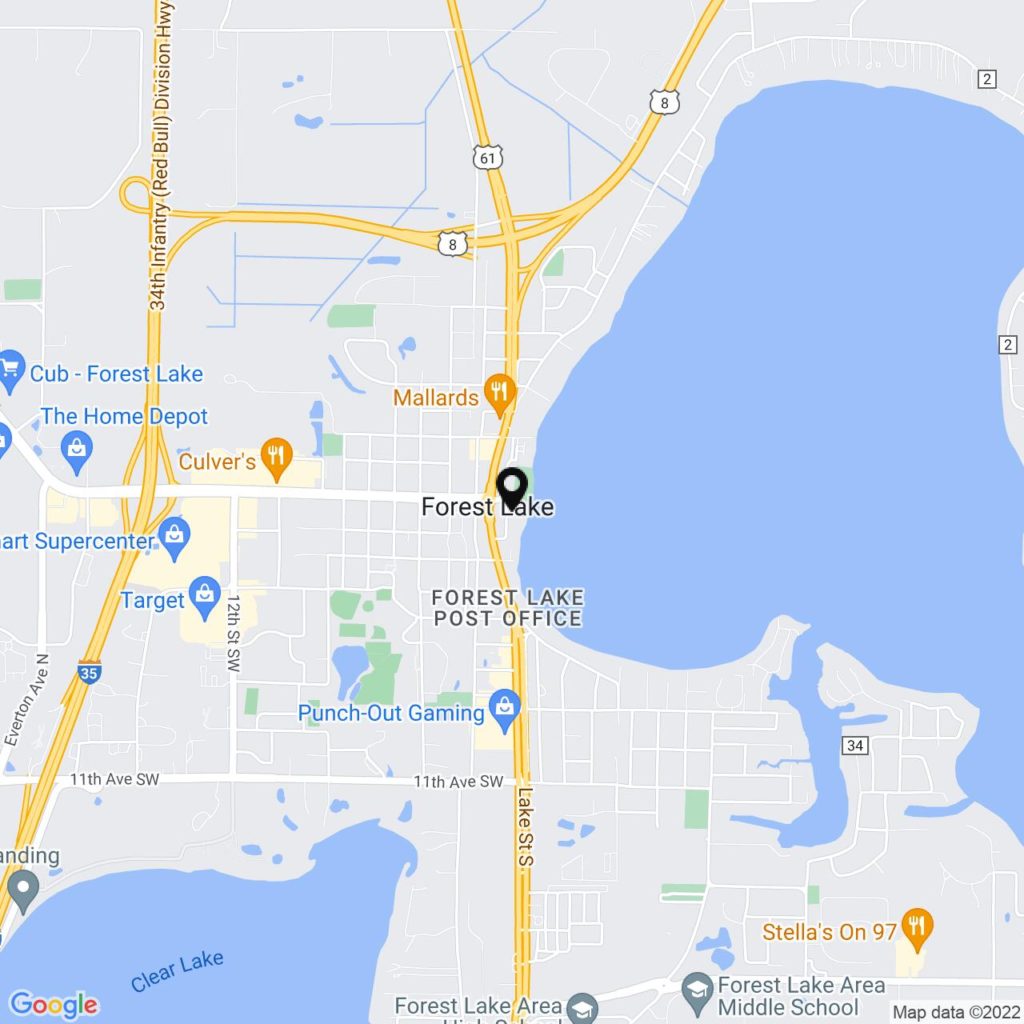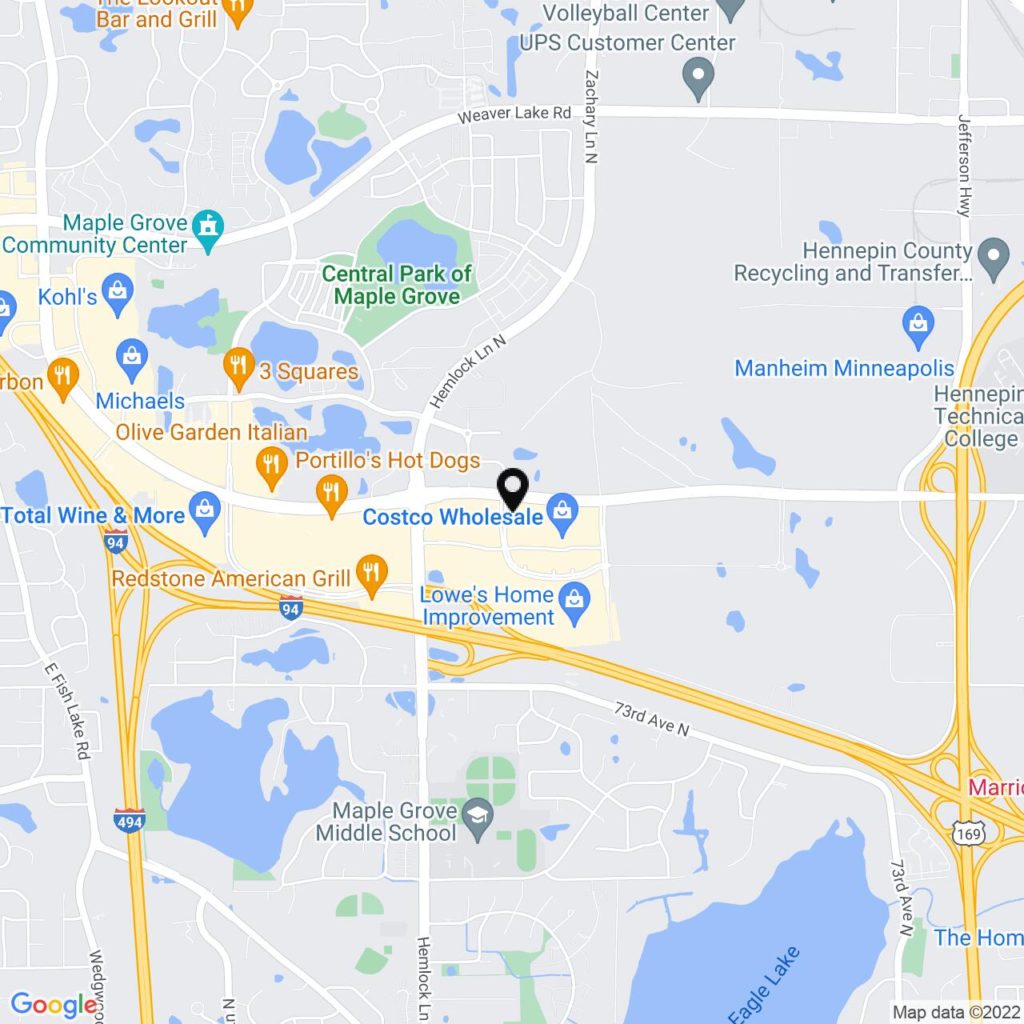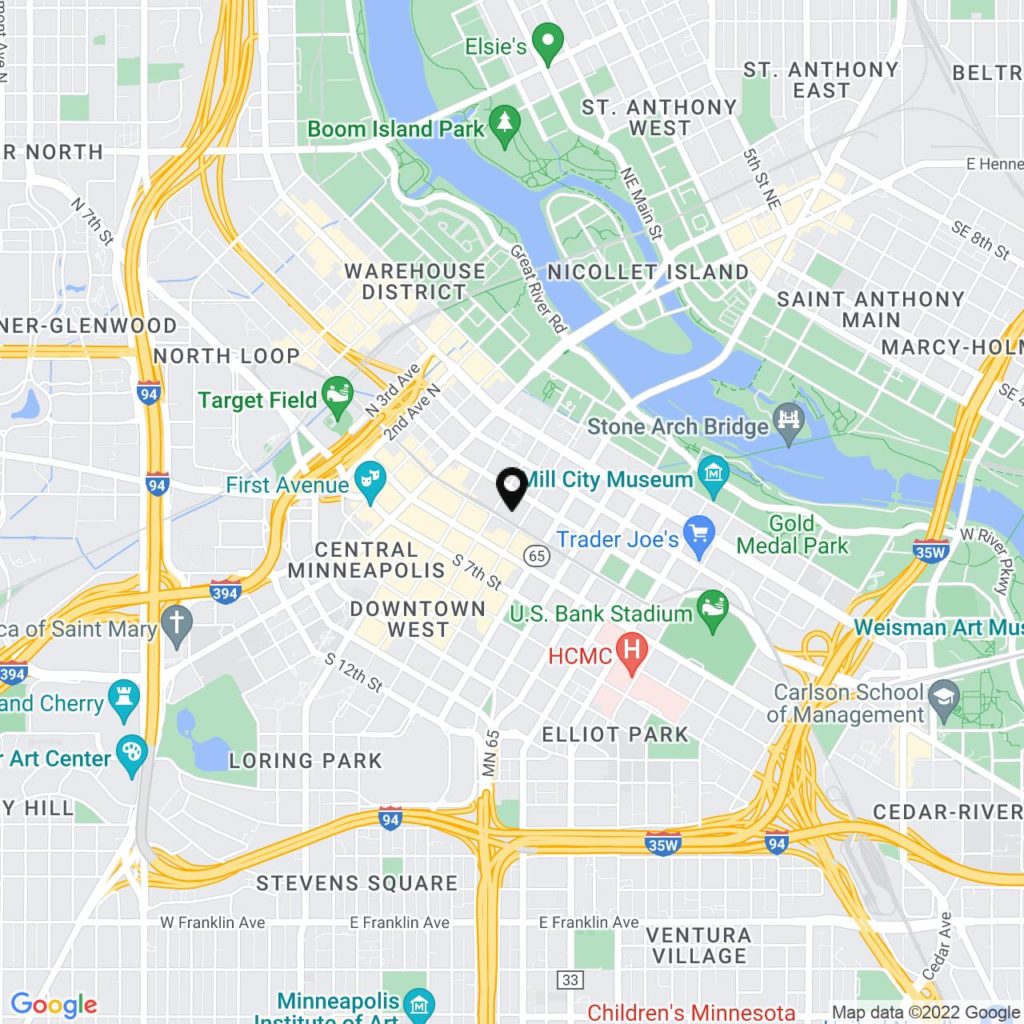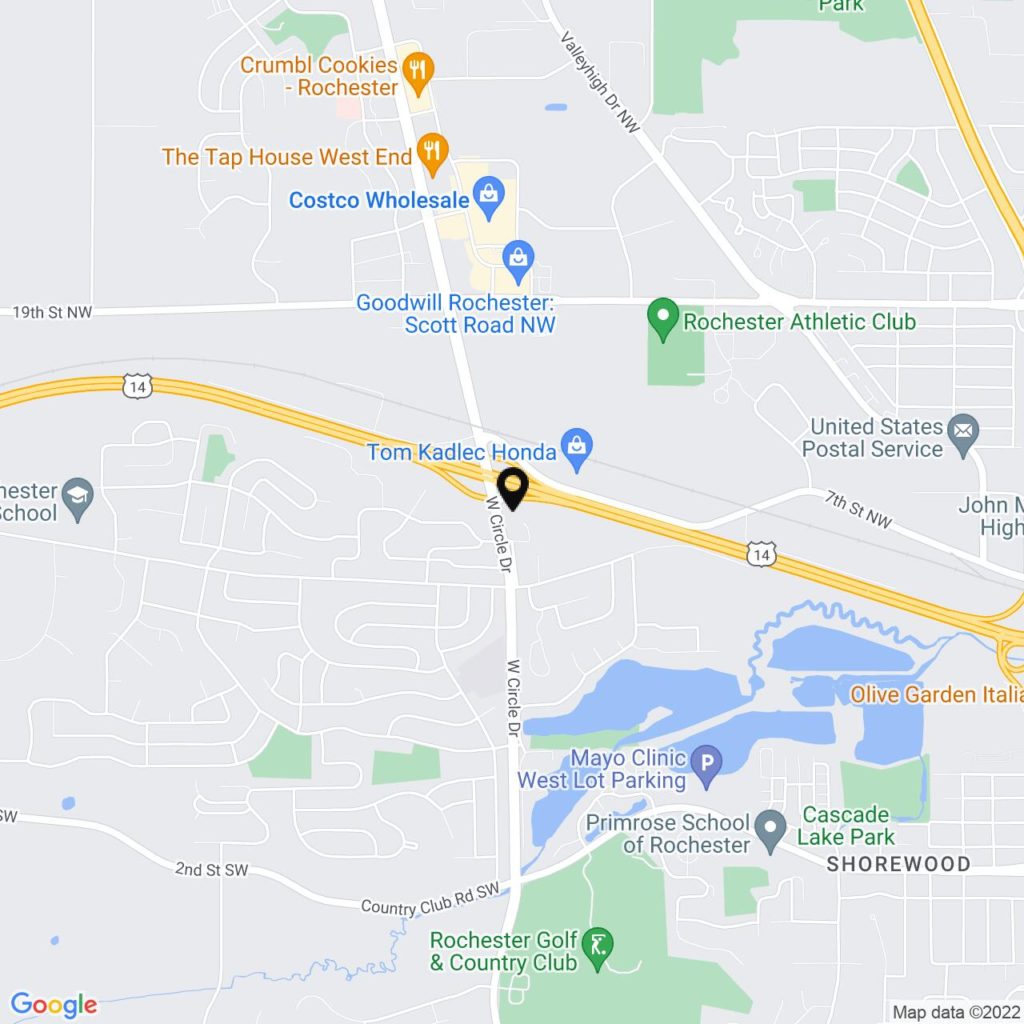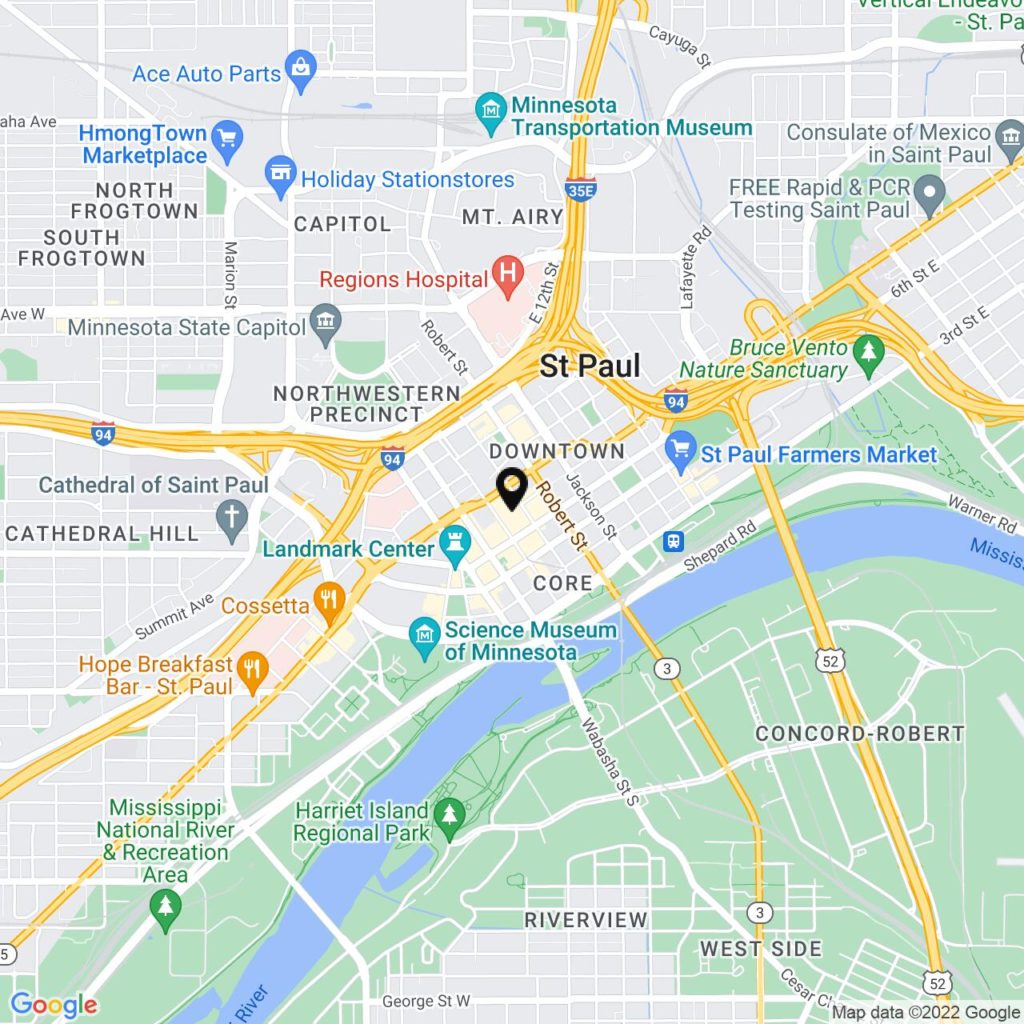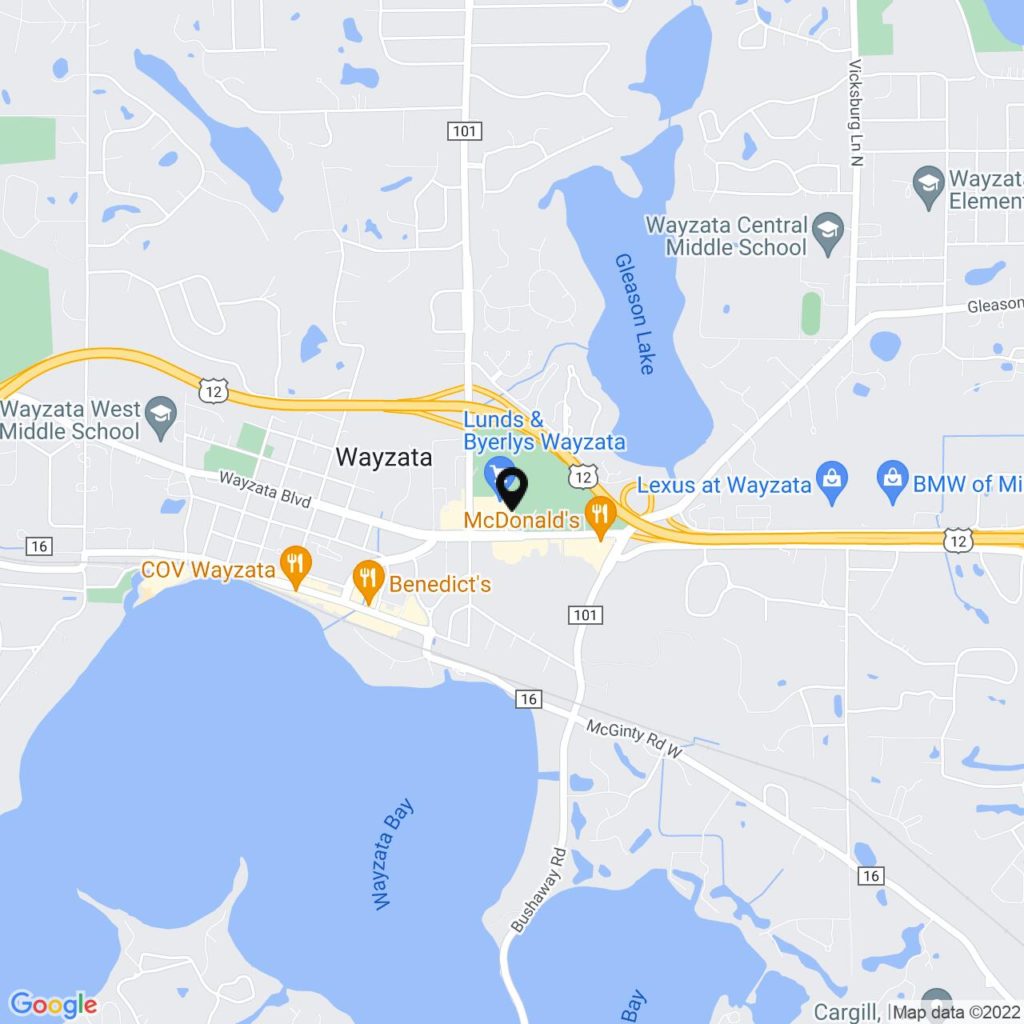If you’re getting divorced and no one is unhappy with any of the agreements, it’s an uncontested divorce. Keep reading to learn what happens during the process.
Divorce is staying right here in Minnesota. The divorce rate in 2018 was 7.1 per 1,000 women in the state. That means that roughly 20,000 couples got divorced that year.
When people think about divorce, they often think about long and difficult cases. In reality, many couples pursue an uncontested divorce. If you can agree on most terms with your spouse, an uncontested divorce may be for you.
But what is the uncontested divorce process? What documents do you have to fill out to get a divorce? How can you communicate with your spouse about those documents?
Answer these questions and you can get a fresh start on life in less time than you think. Here is your quick guide.
Speaking to a Lawyer
Even if you are engaging in an uncontested divorce, you should speak to an attorney. They can remind you and your ex about your legal rights and help you prepare a conclusive agreement. They can also act as a mediator, smoothing over issues that remain between the two of you.
Find someone who has experience with the divorce process and uncontested divorces. Make it clear to them that you are looking to pursue an uncontested divorce.
Go over your state’s divorce laws with your attorney. In order to get a divorce in Minnesota, you or your ex must be a resident for at least six months. You must pay a filing fee in order to start a case, though you can apply for a waiver if you don’t have the money.
Minnesota is a no-fault divorce state, meaning that judges will not consider what the causes of divorces were. Yet you must clarify that you are experiencing an irretrievable breakdown of your marriage. This means that you and your ex do not want to live together again under any circumstances.
You do not have to live apart from your ex prior to filing for divorce. But living apart from each other for a few weeks can indicate to a judge that your marriage has reached an irretrievable breakdown. It can also help you and your ex see what life will be like after you separate.
Talking With Your Ex
In order to get a divorce, you must write an agreement with your ex about your marital estate and children. You must discuss how you will divide the estate and whether one of you will pay spousal support.
If you have a child with your ex, you need to discuss custody, visitation, and child support. You also must explain how both of you will provide for your child and cover their essential needs.
You can start this dialogue before you visit an attorney. Talk to your ex however you want, as long as both of you can focus and stay civil. If your ex is living far away from you, you can communicate over the phone or through an intermediary.
You may need several sessions to discuss the issues at work in your divorce case. Focus each session on one topic and don’t end the conversation until both of you have expressed your feelings. Write down what both of you are saying and try to find a resolution or compromise.
Discussions can get heated. Do not talk about the events leading up to the end of your marriage. Focus on your child’s best needs and how both of you can provide for your child.
Filing Divorce Forms
Once you and your spouse come to an agreement on important terms, you can file your first divorce documents. You should start with the Joint Divorce Petition. If you have children, you must file the Joint Divorce Petition with Children.
If you have not hired a lawyer yet, you should do so now. They can check your work and make sure that your information is accurate. The petition can be very long, so take your time filling out all of its sections and providing relevant details.
A Summary Dissolution is a special divorce process for certain couples. A couple that has no children, was married for less than eight years, and has a marital estate of less than $25,000 can qualify.
If you qualify, you can submit a joint declaration describing how you will divide your estate. You do not have to submit any other documents, and you can finalize your divorce in 30 days.
Attending Divorce Hearings
After you submit your petition, a judge will schedule a hearing to examine it. Most hearings during an uncontested divorce process are brief, though your judge may ask you questions about confusing terms. Answer questions as completely as possible.
A judge can ask for modifications or reject a term in your divorce agreement, even if you and your ex agree to it. You must cooperate with the judge.
Once a judge agrees to your divorce petition, you and your ex are formally divorced. Do not take any actions like remarrying until you receive a formal notification of your divorce. If you want proof of your divorce, you can request a copy of your final decree of divorce from the courthouse.
Getting an Uncontested Divorce
An uncontested divorce isn’t complicated. You should talk to a lawyer so you have a full understanding of your legal rights and the necessary steps.
But you can start talking to your ex whenever you are ready. Go over all relevant issues in your case, especially ones related to your child.
File your essential documents and provide clear details on how you will cover your child’s expenses. Answer questions from a judge and make the modifications they want you to make.
You can get your divorce case underway today. Johnson/Turner Legal serves the Twin Cities. Contact us now.
















